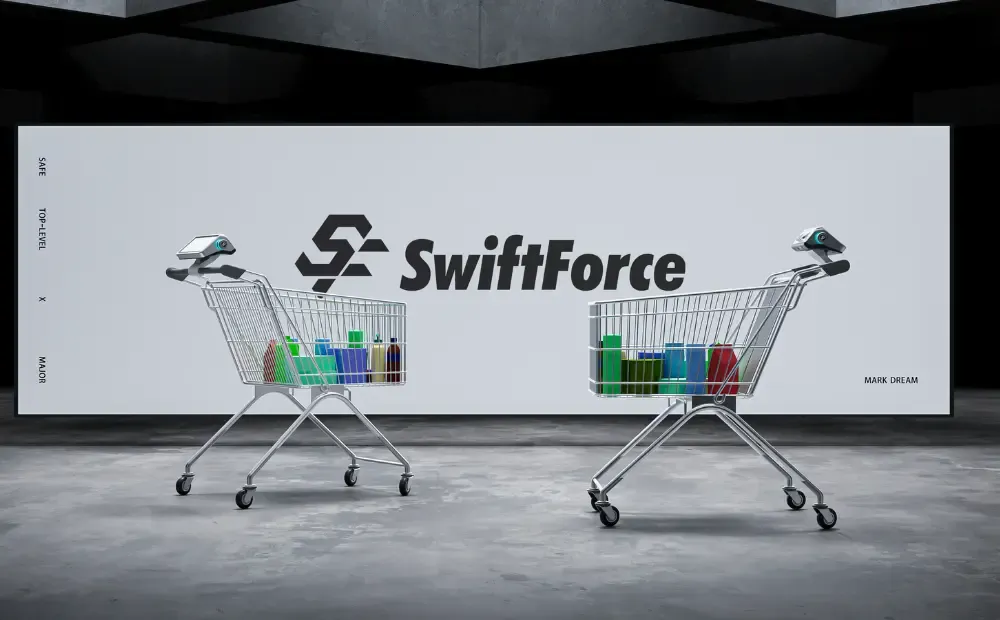Forget about the days when shopping carts were just carts. Today’s carts have screens, sensors, and even self-checkout features. Smart shopping carts have changed how we shop and how stores run. They help shoppers move faster, avoid lines, and get real-time help. For retailers, they bring automation and efficiency.
Sadly, not many people actually understand smart shopping cart technology. But that’s exactly what I’ll be discussing in this blog. Let’s begin!
What Are Smart Shopping Carts?
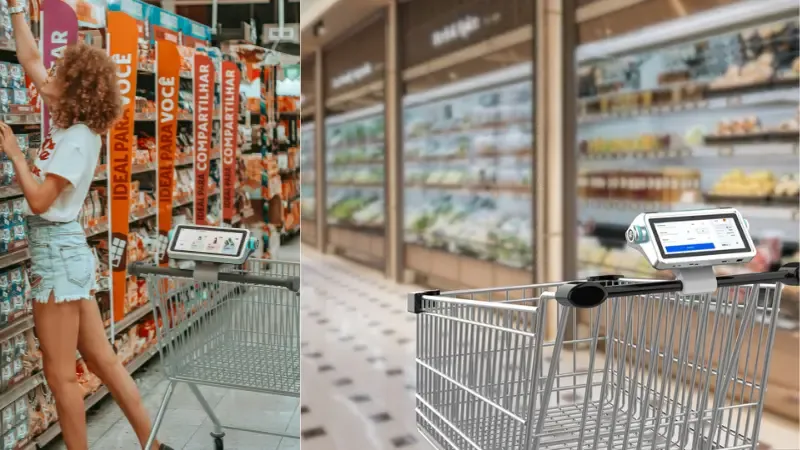
A smart shopping cart is exactly like the regular one we use in stores. However, it has advanced technological features that make shopping easier and quicker. These carts include features like touchscreens, sensors, and cameras.
That’s what makes this shopping cart smart.
You can use a smart cart shopping cart to scan items as you place them inside, see your total right away, and even get product suggestions or discounts on the screen. Some carts use weight sensors or image recognition to double-check what you’ve added. Others help you find products in the store or offer real-time prices.
Automatic checkout is perhaps one of its major perks. Imagine not having to stand in line at all. You could just pay through the cart and move on with your business.
Store owners also benefit from the data collected by these shopping cart smart systems. They can track what items are picked up, which ones are returned to the shelves, and how shoppers move through the store.
The Technology Behind Smart Carts
A smart cart may look like regular shopping carts at first glance, but what’s inside makes all the difference.
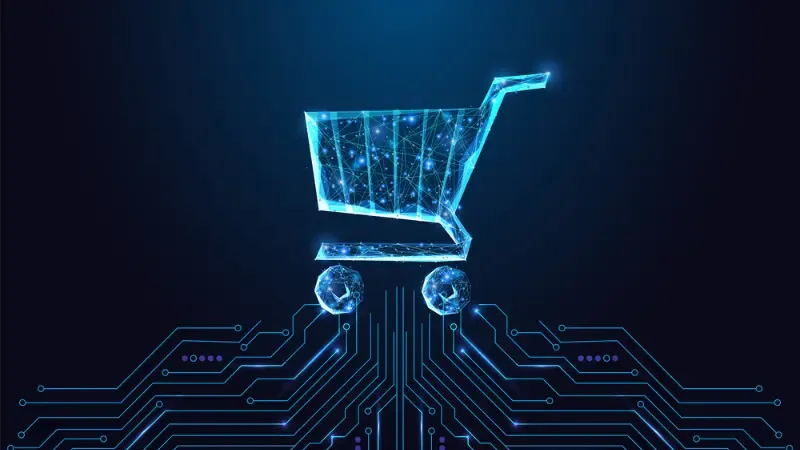
Cloud Integration
Cloud integration lets carts stay in sync with the store’s inventory, pricing, and payment systems. When a product goes on sale or runs out of stock, the cart will notify you straight away. It also helps stores keep everything updated across all their locations without the extra hassle.
AI and Sensors
With AI, the cart makes sense of what is happening while you shop. It has sensors, cameras, and weight detectors to identify and track products as soon as you place them in the cart.
This eliminates the hassle of scanning items. The system displays a running total on the screen, without any mistakes.
Customer Benefits
Evolved shopping technology automatically leads to a smoother and faster shopping trip. Customers save time at checkout, avoid a pricing shock, and may even get personalized offers based on their preferences.
How Smart Carts Improve the Retail Shopping Experience
The shopping cart automation features in smart carts make shopping enjoyable. While I can go on and on about it, the top benefits it offers are:
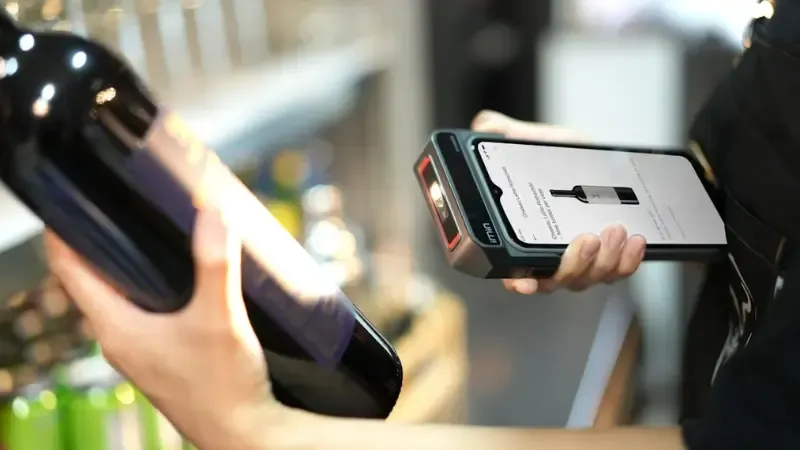
Faster Checkouts
Smart carts deliver speed. You scan items on the go and pay for your purchases directly at the cart. Such automated shopping cart solutions mean you don’t have to stand in line at the checkout counter.
This is a win-win for everyone. Customers wait less, and stores can provide faster service.
Personalization
Smart carts track the items in your cart and even remember your past purchases. This enables them to offer personalized recommendations.
For example, you may get a coupon for an item you frequently buy. Or, you might come across a promotional deal on something related to the items in your cart.
These shopping cart solutions are useful, sure, but they also make a customer’s experience more personal.
Customer Satisfaction
Since shoppers no longer have to stand in long lines and can enjoy the convenience of an easier process, they are more likely to enjoy their time in the store.
As a result, businesses end up having happier customers, and happy customers equal returning customers!
The Advantages of Smart Cart Shopping Technology for Retailers
Smart carts are great for customers, but they bring benefits for the retailers too.

Higher Efficiency
Shopping, scanning, and billing. This is what we grew up doing. But smart carts work differently. They scan the products while the customer is shopping.
This reduces employee workload, increases accuracy, and makes inventory management more effective.
With fewer people needed at registers, staff can focus on customer service or restocking.
Data Insights
One of the most useful smart cart features is how much they can tell you about how people actually shop.
Stores can see which items shoppers reach for the most, which aisles they spend time in, and even what they decide not to buy.
With that kind of insight, retailers can rearrange shelves, improve promotions, and offer a shopping experience that customers are really looking for.
Security
Smart carts also make shopping more secure. Because items are tracked as soon as they’re placed in the cart, it’s unlikely for items to go unnoticed or unpaid. This helps stores better track inventory and avoid losses due to missed scans or theft.
Popular Smart Cart Solutions in the Market
Every company in retail technology claims they’re “revolutionizing” something. But when it comes to smart carts, a few names actually back it up with working products in real stores.
Here’s a look at the top four smart cart solutions:
SwiftForce Smart Carts

If you actually care about improving your retail experience, SwiftForce is worth checking out. Unlike generic smart cart vendors, SwiftForce builds carts that actually fit the way your store works. You’re not stuck with off-the-shelf features or clunky setups.
Need a bigger screen? A different scanner? Custom branding? No problem. Everything from the hardware to the software can be tailored, from how the cart looks to how it talks to your systems in the back.
The carts come loaded with solid features like:
- Multi-point touchscreens
- Built-in 2D scanners
- NFC for membership cards
- Support for multiple payment options
Swiforce handles everything from seamless self-checkout to personalized promotions, and they update in real time.
SwiftForce smart carts reduce labor needs, speed up the checkout process, and give you live data on what’s happening in the aisles. The cherry on top is that SwiftForce’s team knows their stuff, no matter if you’re running a small chain or a large hypermarket.
And if you’re wondering about support, SwitForce has got global clients covered with quick prototyping, OEM/ODM services, and 24/7 help when things need fixing.
Caper
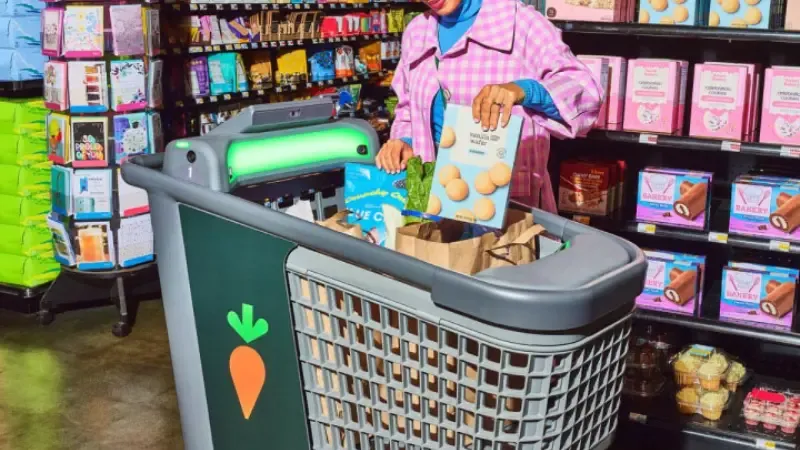
Caper carts are among the most widely deployed AI‑powered shopping carts today. Since being acquired by Instacart in 2021, Caper has made shopping easier with carts that have built-in cameras, scales, and touchscreens.
As you shop, the cart automatically tracks what you’re adding, keeps a running total, and syncs with your shopping list. It even suggests discounts or promotions and lets you check out directly from the cart—no need to wait in line.
Standard Cognition
Standard Cognition offers a checkout-free system that uses AI cameras on the ceiling instead of technology on shopping carts.
The system detects when shoppers pick up or place back items, matches them to a shopper via an app (or kiosk), and charges automatically at exit.
It’s easy to add to existing stores with minimal disruption—just install cameras on the ceiling and set up the backend. The system also helps track inventory and prevent loss.
Standard charges a transaction fee but promises labor savings and profit margin improvements of 30–100 percent, depending on store type and size.
Zebra Technologies
Zebra Technologies isn’t directly a smart cart provider, but it offers important retail technology that works alongside smart carts. They provide tools like durable scanners, mobile computers, RFID printers, and real-time location systems.
Zebra’s products help retailers track inventory, prevent loss, improve stock accuracy, and speed up service on the shop floor.
Challenges and Considerations with Smart Cart Technology

As exciting as smart carts are, they’re not plug-and-play solutions. Like any major shift in retail, they come with real challenges.
Before jumping in, retailers need to take a hard look at what it really takes to make this shopping cart innovation work.
- Technical Issues
Smart carts can’t work without a stable Wi-Fi connection throughout the space, smooth integration with the checkout and inventory systems, and quick support if anything goes wrong.
Without the right infrastructure, even the most advanced cart can turn into a headache.
- Implementation Cost
Smart carts aren’t cheap. Between the hardware, software, and system upgrades, the upfront costs can be a hurdle (particularly for small retailers). But the potential ROI is real, too.
I mean it’s not a bad deal if you get fewer checkout staff, better inventory control, more data, and a smoother customer experience.
Still, that payoff doesn’t come overnight. Retailers need to be clear-eyed about the investment and patient with the returns.
- User Adoption
You can have the best tech in the world, but if people don’t want to use it, it won’t matter. That goes for shoppers who don’t trust new systems or just want to stick to what they know, and employees who worry about being replaced.
Rolling out AI-powered shopping carts takes more than plugging them in. It takes training, support, and time to get everyone on board.
The Future of Shopping Cart Technology
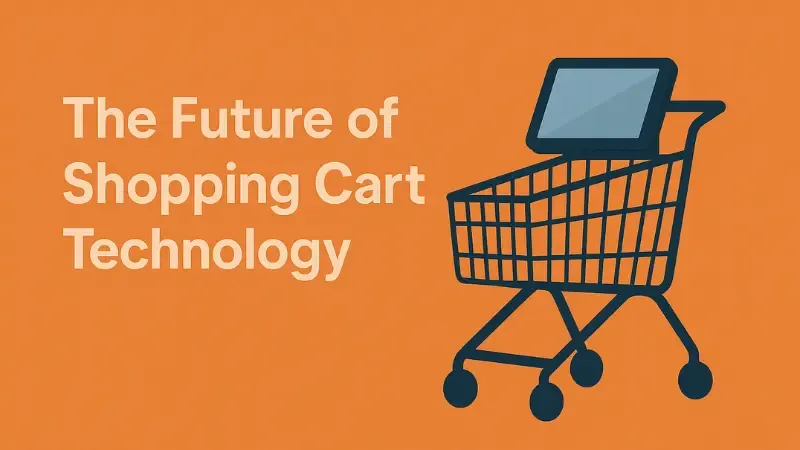
Smart carts today are already pretty advanced, but this is just the beginning. As technology improves, they’ll keep getting faster, smarter, and more helpful for every customer.
Smarter Product Detection with RFID
RFID integration is also in the pipeline. Products will soon have RFID tags, so smart carts won’t need cameras or barcode scans.
They’ll instantly recognize what’s in your cart without scanning or mistakes. This will make the entire process faster, more accurate, and less frustrating for everyone.
Improved AI
Smart carts are already capable of displaying offers and product suggestions. But in the near future, we’ll be seeing carts that learn from our shopping behavior and give us a more personalized experience.
Higher Personalization and Loyalty Integration
Smart carts will soon have an option to connect with the user’s loyalty account. This would give them access to their purchase history and personal preferences.
Imagine your cart reminding you that you’ve already bought something or recommending healthy swaps based on your profile.
How great would that be?
Fully Autonomous Checkout
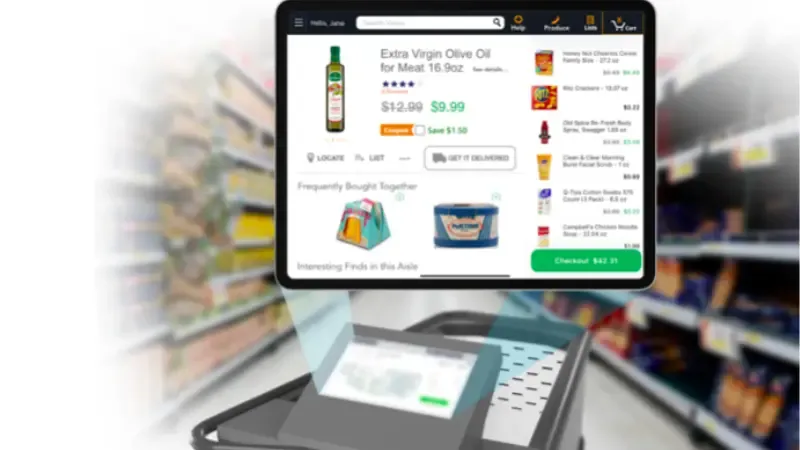
The biggest leap coming next is autonomous checkout. Instead of scanning, paying, and bagging, you’ll simply grab what you need and walk out.
The cart (or the system it’s linked to) takes care of the payment behind the scenes.
Some companies are even experimenting with carts that follow shoppers around, answer questions, and sync with your phone for a more interactive experience.
This idea certainly doesn’t seem too far-fetched, considering we already have voice assistants and wearable tech.
As shopping cart technology evolves, it won’t just change how people shop. It’ll also change how stores are designed and operated. Store layouts may become more open and flexible.
Staff roles could shift from running cash registers to offering product help or managing tech. And real-time data from carts will help stores adjust inventory, pricing, and promotions on the fly.
Final Thoughts
None of us would have thought the humble shopping cart would get a glow-up. But here we are, watching carts check us out, give us deals, and quietly collect data.
Smart carts are making shopping faster, smoother, and more efficient. For stores, they bring helpful data and save time. For shoppers, they take the stress out of the trip.
Will every store adopt them overnight? No. But it’s clear that in the near future, smart carts will become the new norm. And when they do, the real winners will be the ones who planned ahead—not just by investing in the carts, but by creating stores that are ready to support them.
Now is the time to stay ahead of the curve.
Curious about integrating smart cart technology into your store?
Explore SwiftForce’s solutions here. Get in touch to discuss how we can help you future-proof your retail business.

